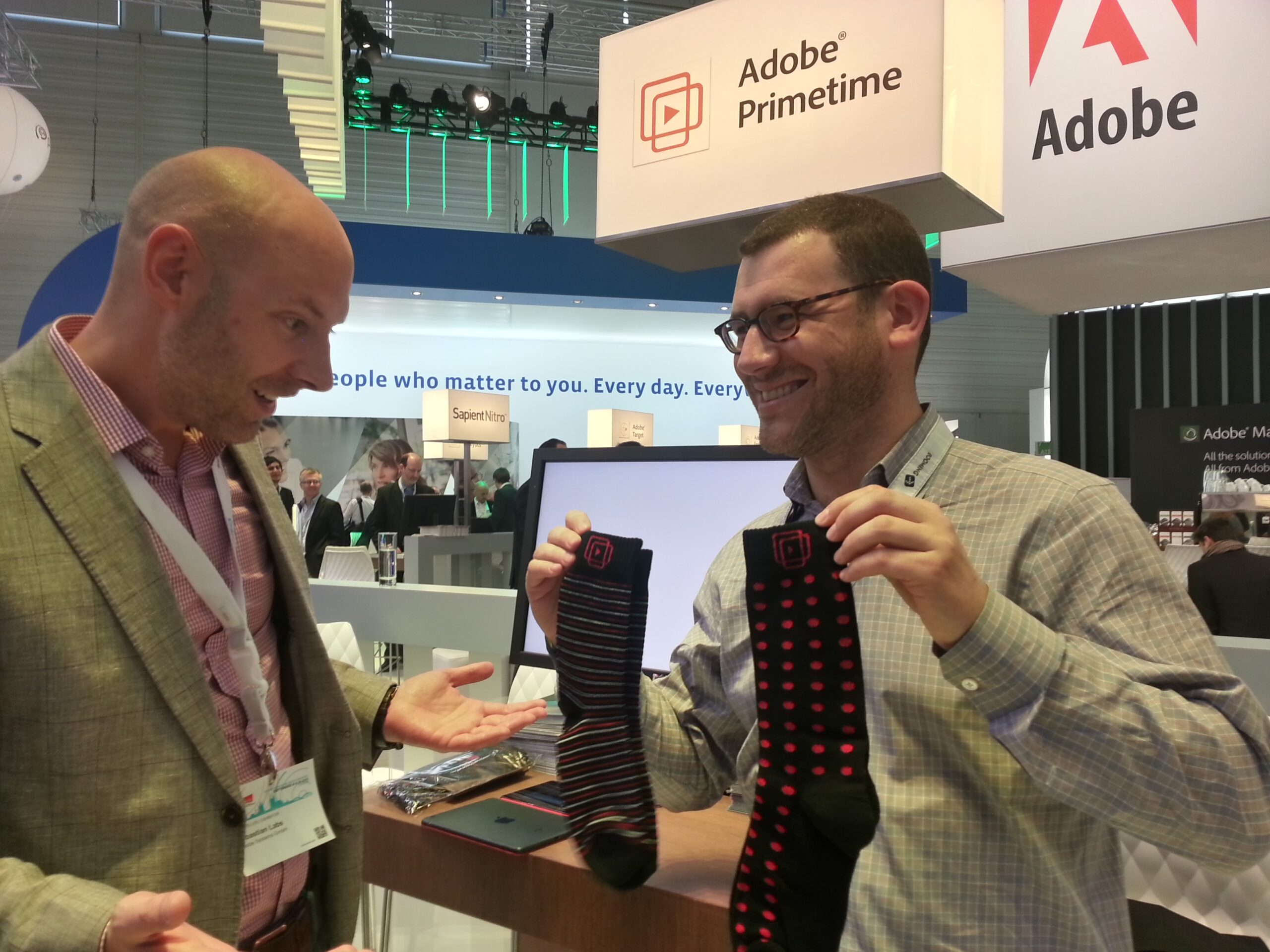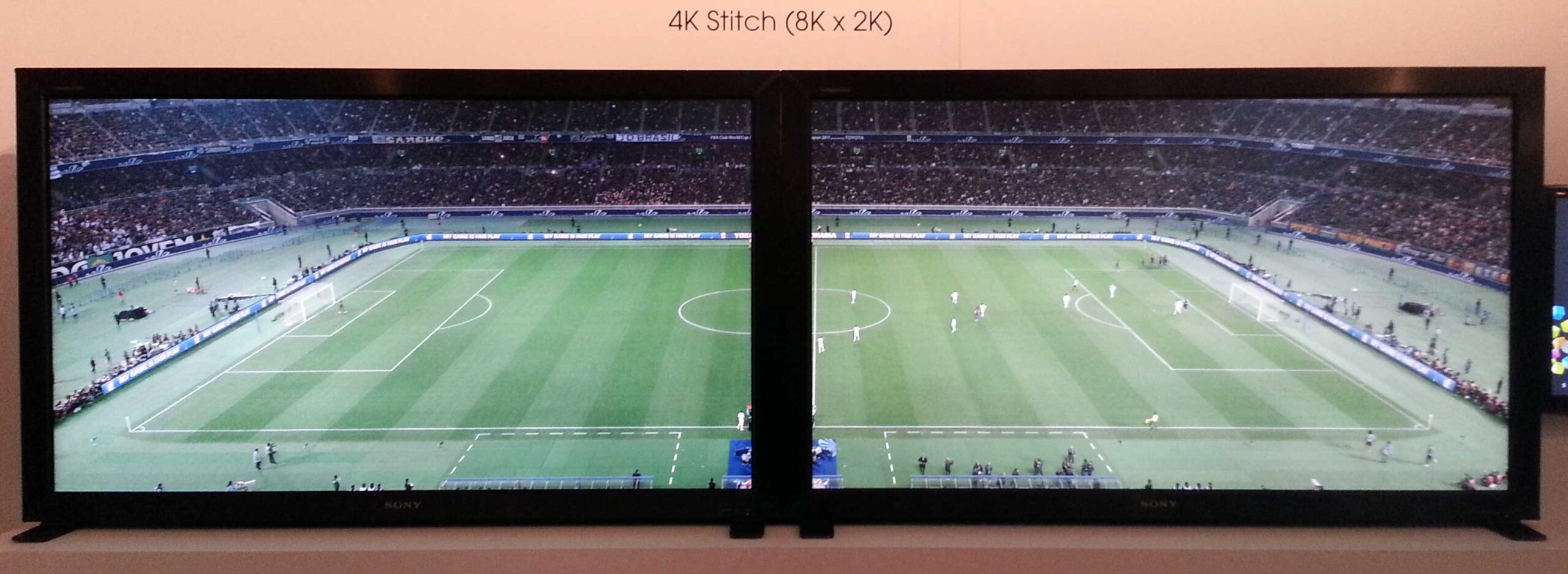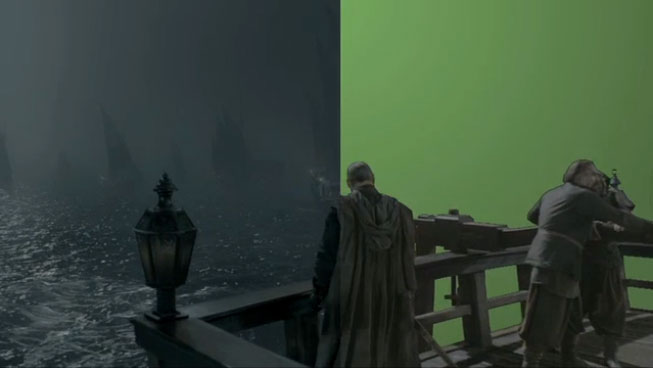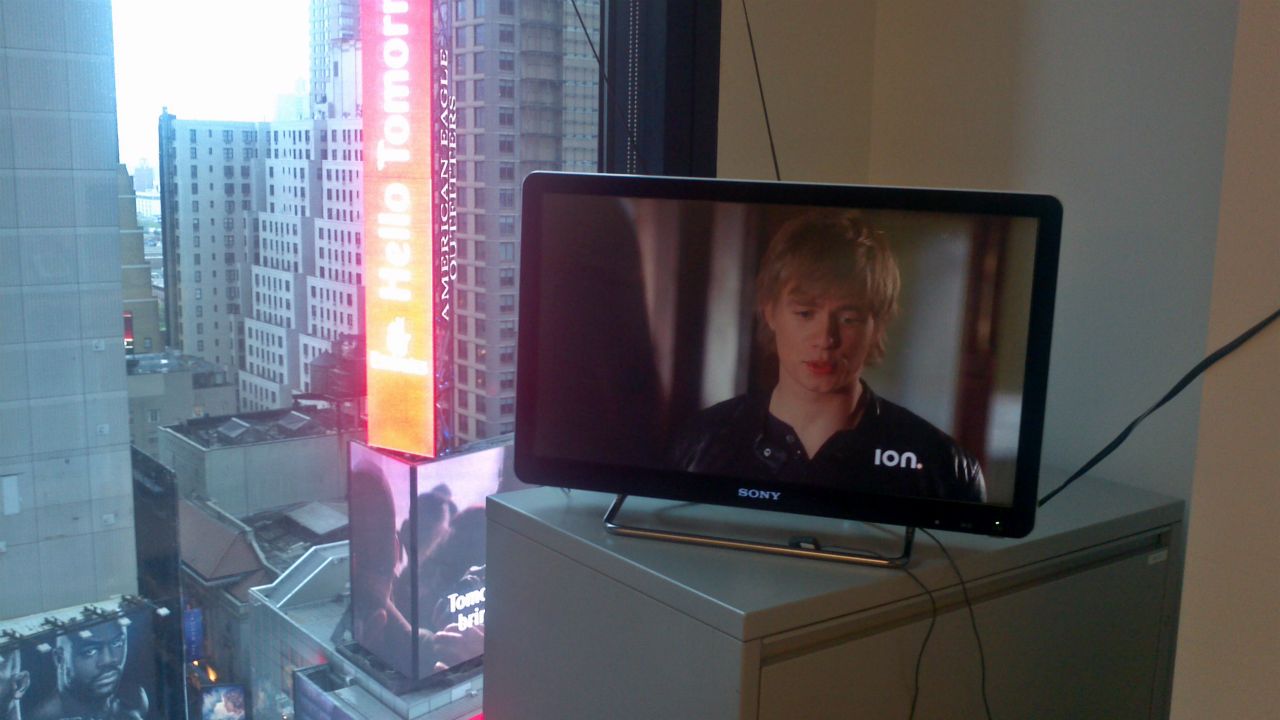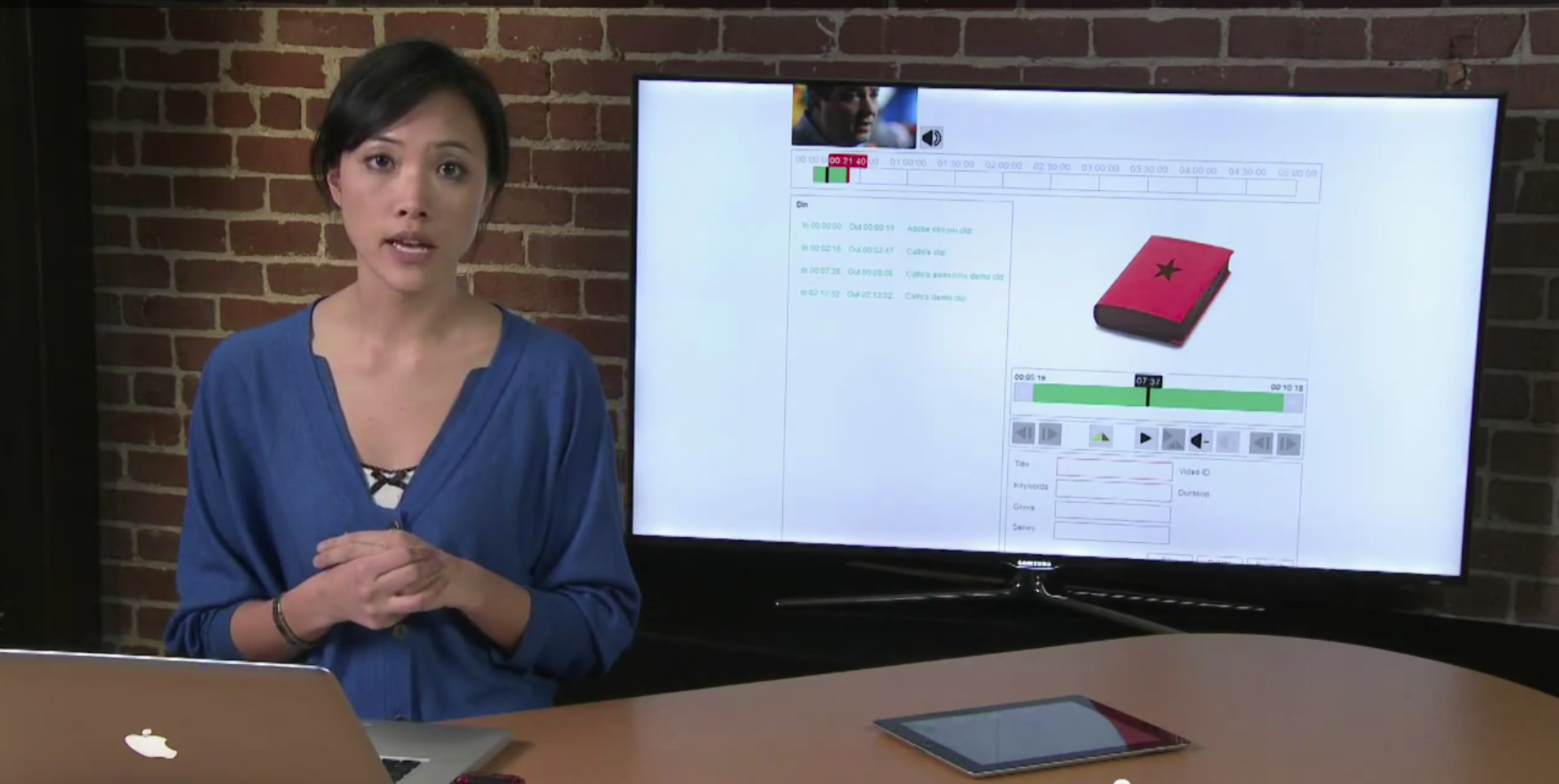
Online video has come a long way, and is increasingly becoming the digital TV of tomorrow, driven by a demographic shift and continuously increasing migration to digital TV consumption.
The Nielsen Q3 ’14 Total Audience report is highlighting the trend with some new data.
Nielsen has released its Q3 ’14 Total Audience report (which is the new name for the previous quarterly Cross-Platform report), the highlight of which is the marked reduction in linear TV viewing across every age group except 65+, with an accompanying surge in online video. I charted the new Q3 ’14 data vs. Q3 ’13 data below.
The big quarter-vs-quarter change that pops out is the 19.2% reduction in linear viewing per week by adults 18-24. This age group is now watching 17 hours, 34 minutes per week, which is 4h, 11m less than the 21h, 45m a year ago. While this group increased its online video usage by 20.7%, that only accounted for 25 incremental minutes per week. [more on Videonuze]
Meanwhile South Park’s latest episode #rehash is talking about changes in gaming demographics, with an increasing popularity of game streaming, rather than directly interacting with the game in the living room.
What does this mean for your online ad strategy?
- Scale will be more important than ever. The TV audience is migrating to digital platforms, which includes the large screen, but with gaming consoles, media hubs or smart TVs as source, rather than the traditional cable box. The business models are aligning, demonstrated by the increased popularity of TV Everywhere and OTT direct-to-consumer offerings.
- Advertisement reach is not optional anymore. While certain platforms were considered too insignificant and technically too hard to monetize, this is not an acceptable long term approach anymore.
- Data and Targeting is increasingly important to optimize the ad experience. This includes more integrated solutions with Analytics tools, and taking advantage of programmatic advertisement technologies.
To be able to successfully execute a strategy to incorporate this, the following architectural considerations are important.
- Reduce redundant workflows that could increase the operating costs and prevent scale. This includes preventing redundant streaming protocols, DRM or advertisement architectures.
- Define a base design that allows future growth. As example, even though advertisement might not be a requirement for the initial roll-out, select the right base architecture that will allow it in the future, taking your existing advertisement environment into consideration.
- Reduce client complexity for ad monetization, as example for ad insertion, without impacting scale or IAB compliance.
- Architect for long-terms scale by using cloud services intelligently.
In the traditional broadcast model scale came for “free”, and monetization options were limited. In the Digital TV model, opportunities, but also technology challenges, are greater. With demographics shifiting, finding a scalable Digital Ad architecture will be the key to success.







